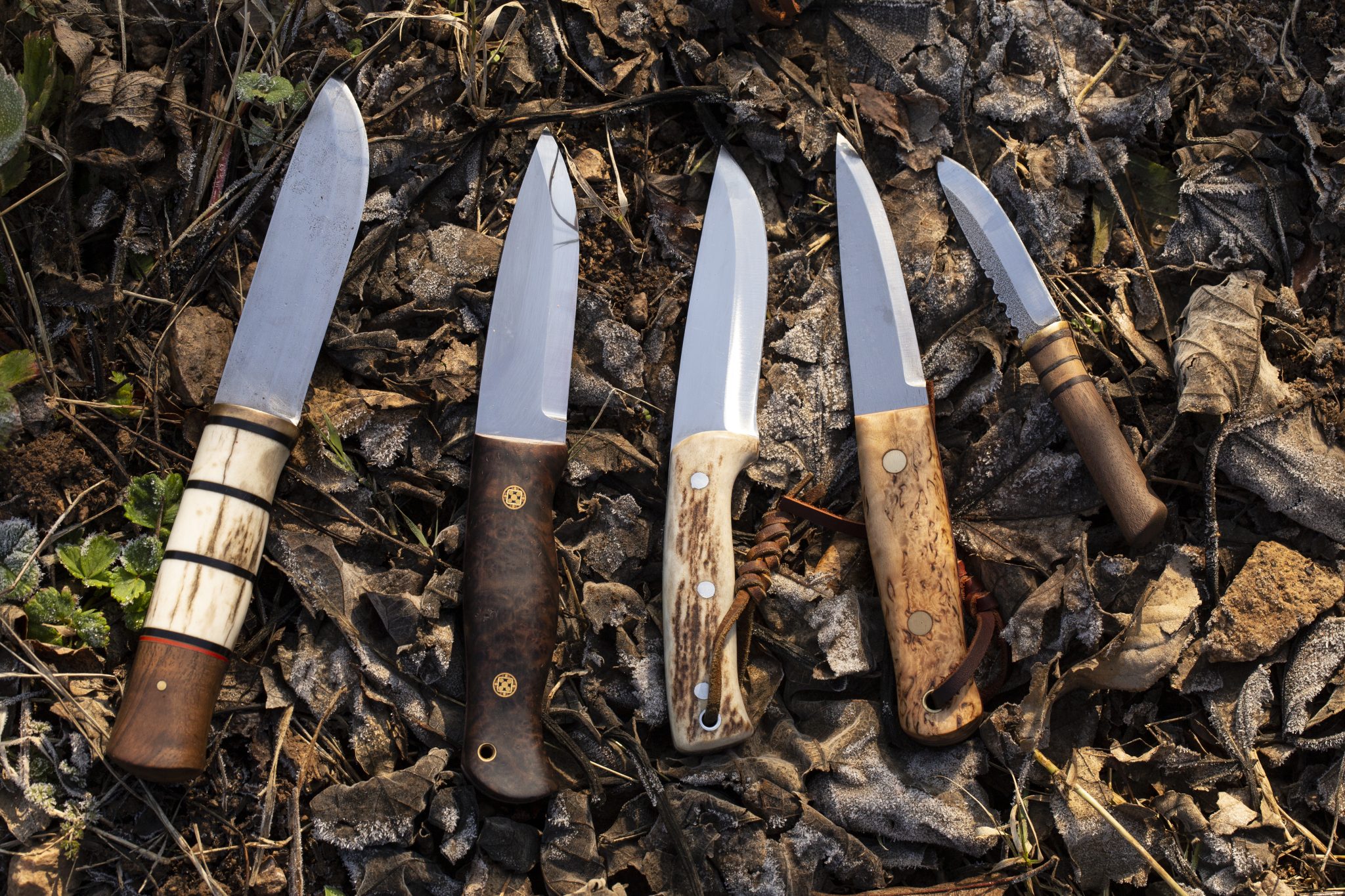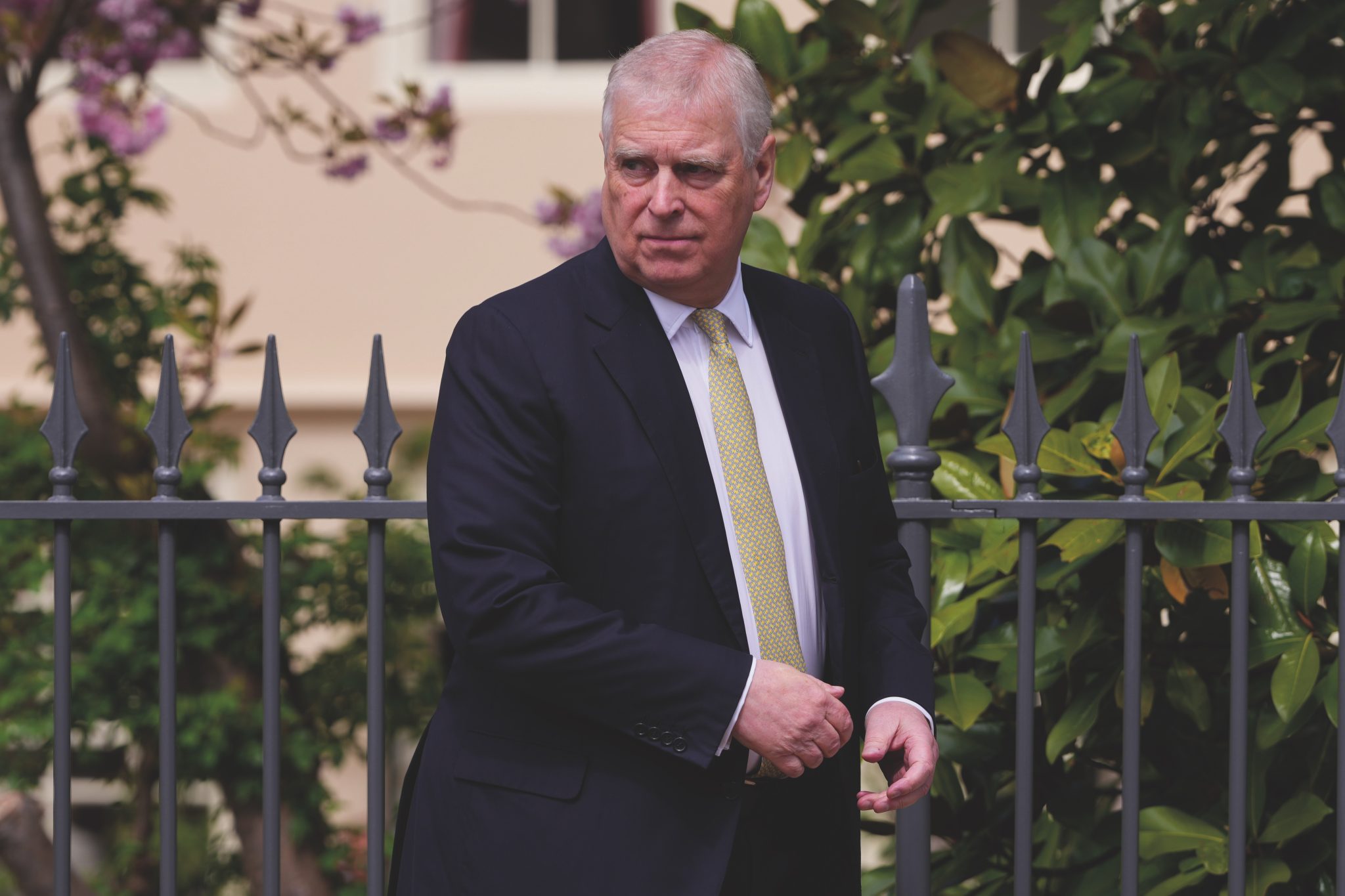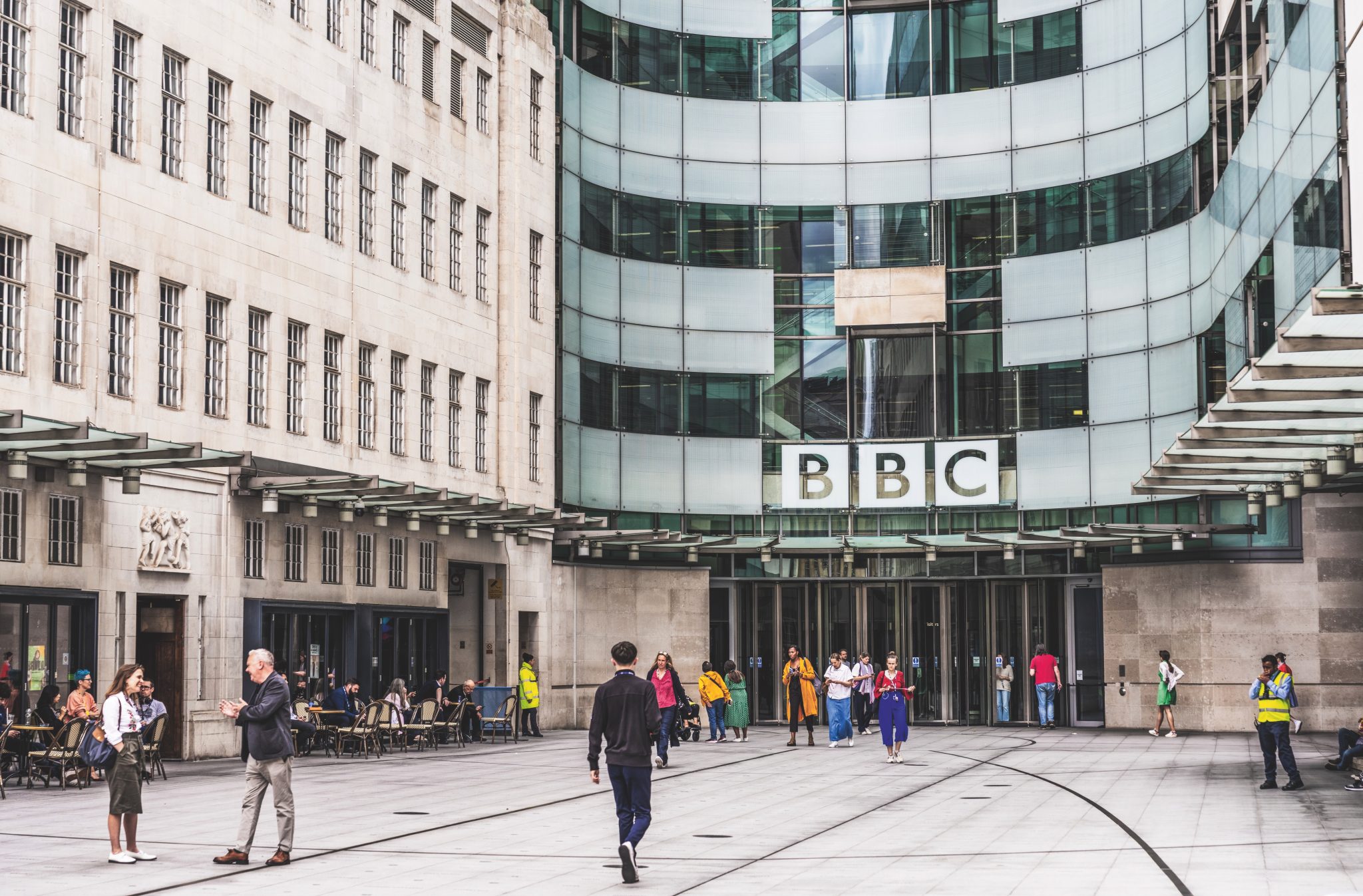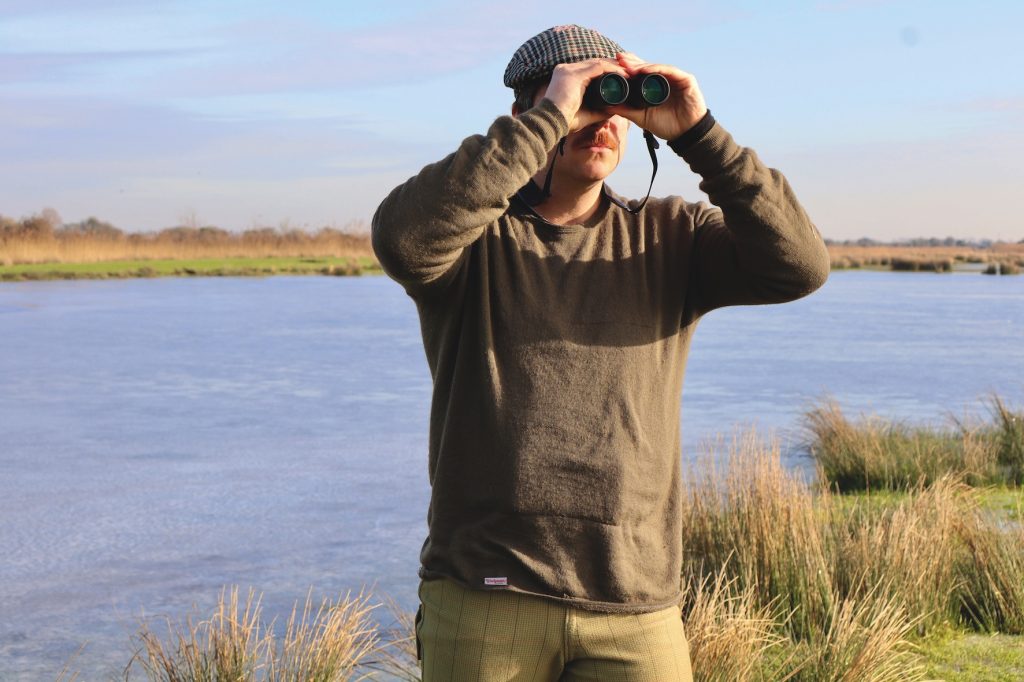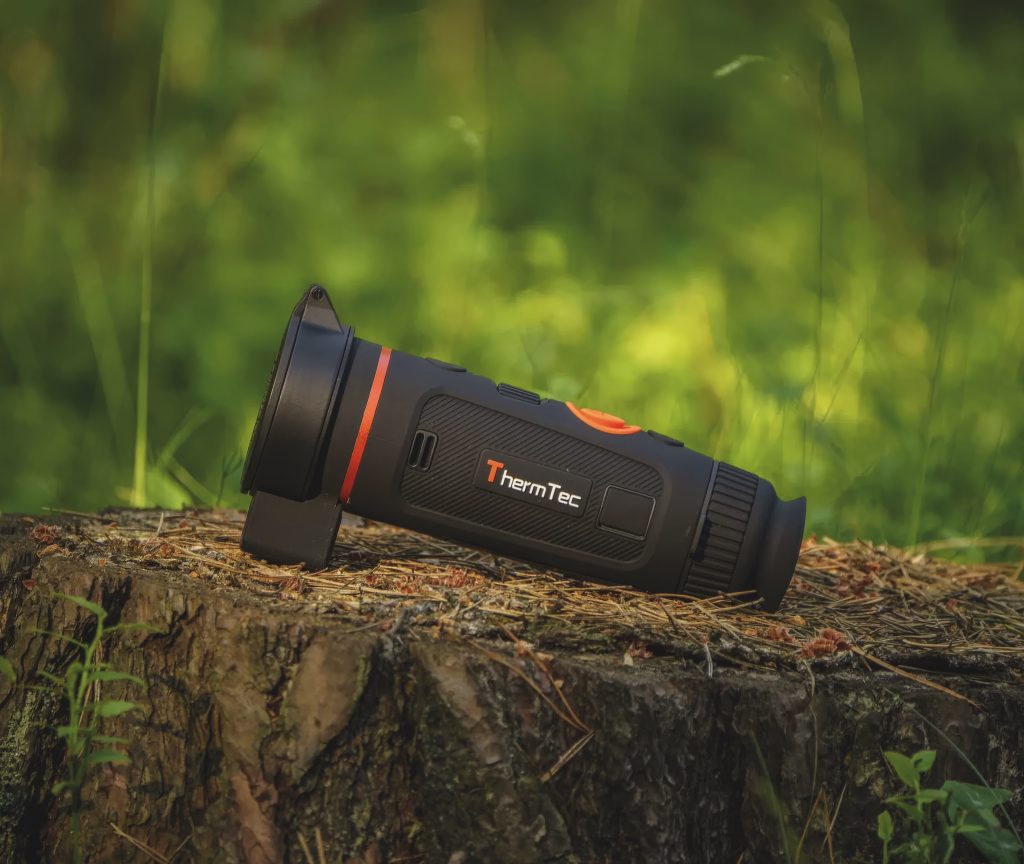Win CENS ProFlex DX5 earplugs worth £1,149 – enter here
So you can’t afford an English side-by-side shotgun?
English shotguns: Here, we go on a mission to find an English shotgun, in excellent condition, at a reasonable price.
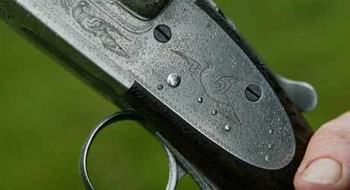
Until a few years ago, I happily used my mother’s 16-bore or one of my brothers’ guns when shooting at home in Holland and managed to borrow a gun when shooting in the UK.
However, it was becoming increasingly apparent that the time had come for me to find my own gun.
I knew I wanted an English shotgun, a second-hand side-by-side shotgun. The issue was how I could afford one.
Gun condition should be your primary concern
I approached Jason Abbot, a gundealer in Oxfordshire, and asked him how I could afford an English shotgun that was in prime working condition.
I asked Jason whether the bore size made a big difference. Jason replied: “At the moment, 16 and 20-bores are in fashion and you will end up paying more for these in the UK. Besides which, in practice, the bore doesn’t really matter if the gun is well-balanced,” was his answer.
“Far more important is the condition. That should be your primary concern.”
Find a gun that has been well looked after and it is likely to last for another generation.
“The less work done to a gun, the better. If the action is untouched and working well, a second-hand gun can be a very good bet. For example, a new Purdey can cost anything upwards of £60,000, while a second-hand one can be obtained for £15,000,” Jason commented.
However even second-hand Purdeys are beyond the reach of most of us. Fortunately there is plenty of other excellent gunmakers’ work on offer.
Jason proved this to me by showing two guns. The first was a Holland & Holland Dominion back-action side-lock. Built at the beginning of the 20th century, this gun had its barrels replaced around 30 by a Winchester gunmaker.
“If this gun had its original barrels, it might cost around £6,000, depending on its condition, but with these newer barrels, I would ask £2,500. Everything else is in prime condition, so actually it is quite an advantage the barrels are modern – they will last much longer,” said Jason.
The importance of gun fit
I then asked him how important gun fit was: “You would be amazed how many people buy a gun simply because it fits. Even experienced shots or buyers will fall for a good fit rather than good function. You cannot improve the condition, but you can usually make guns fit,” was his answer.
We also looked at a Webley 12-bore boxlock, in excellent condition. This fitted me better, but, at 6¾lb was marginally heavier, while the price was substantially lighter, at £1,600. Both guns were chambered for 2¾in and both, Jason assured me, “will see you through your shooting life.”
Bill Harriman, Shooting Times’ gun expert, advised looking at non-ejectors: “They are the most undervalued English guns at the moment, though I don’t know why that should be, most of us don’t need them and they are just something else to go wrong.”
Bill also recommended boxlocks: “For my money a top- class boxlock will always be a better buy than a tired old sidelock irrespective of pedigree.”
How to decide? As Jason commented: “It always ends up being an emotional decision in the end.”
Good barrels are the most important thing
I asked Jason what the most significant part of a gun was when buying: “Good barrels are the most important thing – getting new ones made is very expensive. It is worth remembering barrels rarely wear out through shooting – they wear out through gunsmiths.”
Helpfully Jason then showed me how to check both ends of the barrels for marks and ensure they are unpitted and clean inside.
If you spot dents, rust or wear marks then they are good indicators that the gun has been abused. Blueing is cosmetic, and usually it won’t matter if this has worn away.
Measure the thickness of the barrels as well. As a guideline, Jason recommends a minimum of .025in.
Also check any modifications to the gun very carefully. They could have damaged the integrity of the gun and will almost certainly reduce the value.
Related Articles
Get the latest news delivered direct to your door
Subscribe to Shooting Times & Country
Discover the ultimate companion for field sports enthusiasts with Shooting Times & Country Magazine, the UK’s leading weekly publication that has been at the forefront of shooting culture since 1882. Subscribers gain access to expert tips, comprehensive gear reviews, seasonal advice and a vibrant community of like-minded shooters.
Save on shop price when you subscribe with weekly issues featuring in-depth articles on gundog training, exclusive member offers and access to the digital back issue library. A Shooting Times & Country subscription is more than a magazine, don’t just read about the countryside; immerse yourself in its most authoritative and engaging publication.



